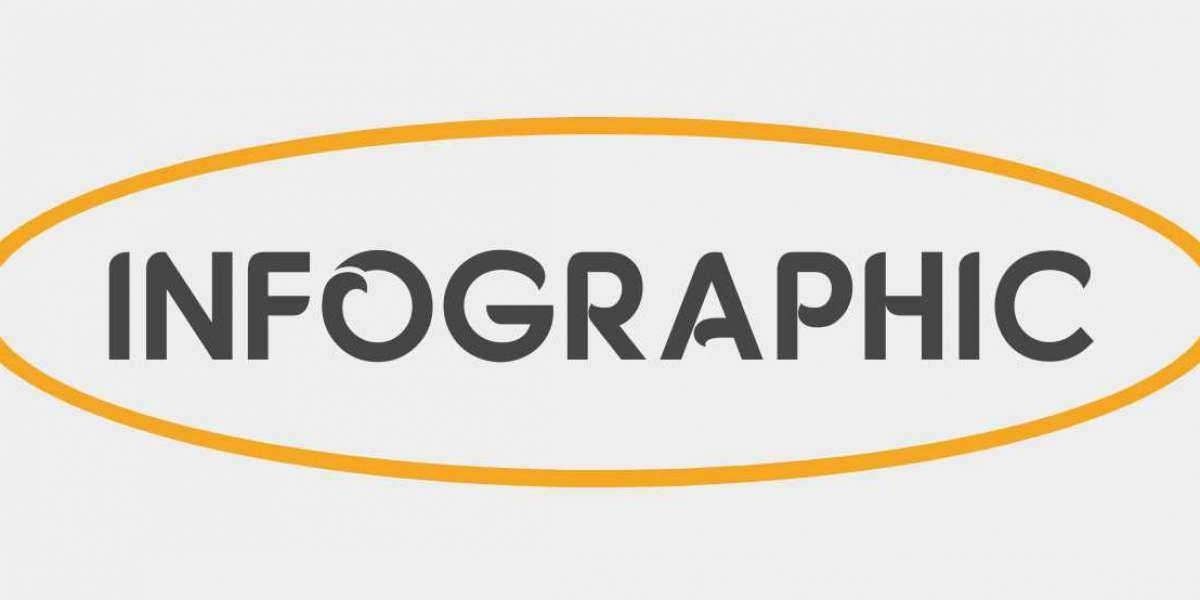In the fast-paced healthcare environment, managing billing processes efficiently is critical for financial success, particularly for businesses involved in Durable Medical Equipment (DME). The industry faces unique challenges, including complex regulatory requirements, handling an extensive range of equipment, and managing relationships with multiple insurance providers. For DME providers, the right DME medical billing software can be a game-changer, automating complex processes, reducing errors, and improving the overall revenue cycle.
In this article, we’ll explore what DME medical billing software is, how it functions, and why it’s crucial for businesses to adopt specialized solutions for their billing needs. We’ll also cover key features, benefits, and factors to consider when choosing the right software, as well as the challenges DME providers face without these tools.
What is DME Medical Billing Software?
DME medical billing software is a specialized system designed to simplify the process of billing for durable medical equipment, which includes items like wheelchairs, walkers, oxygen equipment, prosthetics, and other long-lasting medical supplies. DME billing is distinct from other types of healthcare billing due to its reliance on HCPCS (Healthcare Common Procedure Coding System) codes, strict documentation requirements, and frequent involvement with Medicare, Medicaid, and private insurance companies.
This software automates complex billing workflows, ensuring that claims are submitted accurately, payments are processed in a timely manner, and compliance with regulations is maintained. It is particularly valuable in a DME environment, where errors in billing or delays in payment can have a significant impact on cash flow and overall business performance.
Key Features of DME Medical Billing Software
Choosing the right DME medical billing software can greatly improve efficiency. Here are some of the most critical features that a robust DME billing solution should offer:
1. Automated Claim Submission and Management
The ability to automate claim submission is essential for DME providers, as the process can be lengthy and prone to errors if handled manually. DME billing software streamlines this process by allowing users to submit claims directly to insurance companies, Medicare, and Medicaid electronically. It also manages the entire lifecycle of the claim—from submission to payment—ensuring that claims are tracked in real-time and any issues are flagged for resolution.
2. Real-Time Eligibility Verification
Before providing DME to a patient, it’s crucial to verify their insurance coverage to ensure that the claim will be accepted. DME medical billing software typically includes real-time eligibility verification, allowing providers to check a patient’s coverage instantly. This reduces the risk of claims being denied due to coverage issues and ensures that providers are reimbursed for the equipment they provide.
3. Accurate Coding and Modifiers
DME billing involves the use of HCPCS Level II codes and a variety of modifiers to explain the medical necessity and usage of equipment. Incorrect coding can lead to claim denials, delayed payments, or even legal issues. Advanced DME billing software helps providers choose the correct codes and modifiers, automatically ensuring that claims are coded correctly for the specific equipment and patient need.
4. Compliance and Audit Support
DME providers face stringent regulations, especially when billing Medicare or Medicaid. Compliance violations can result in denied claims, penalties, or audits. Many DME medical billing solutions offer built-in compliance checks, staying updated with the latest regulations and ensuring that claims are submitted in line with payer guidelines. Additionally, some systems provide audit support, ensuring that all necessary documentation is available and accurate should an audit occur.
5. Payment and Denial Tracking
Once a claim has been submitted, keeping track of its status is essential. DME billing software allows providers to monitor payments and denials in real-time, offering detailed reports on why claims may have been rejected and providing steps to correct the issues. This feature reduces the time it takes to address denials and ensures that re-submissions are handled promptly.
6. Integrated Inventory Management
Many DME medical billing software solutions include or integrate with inventory management systems. This ensures that the billing process is directly tied to inventory data, helping providers keep track of equipment availability, manage reorders, and ensure that billing matches the inventory levels. Having this information readily available can also improve the accuracy of billing.
7. Customizable Reporting and Analytics
To make informed decisions, DME providers need access to real-time data on billing performance. Most DME billing software offers customizable reporting features, allowing users to track KPIs (Key Performance Indicators) such as payment times, denial rates, and revenue. These reports are essential for identifying bottlenecks in the billing process and optimizing workflows for greater efficiency.
8. Patient Billing and Payment Tracking
DME medical billing software simplifies the process of generating patient bills, applying insurance payments, and tracking outstanding balances. It provides clear statements and payment options for patients, ensuring that balances are collected in a timely manner and minimizing financial losses due to unpaid bills.
Why DME Medical Billing Software is Essential for Providers
DME providers face unique challenges that make a specialized billing solution necessary. Here are some key reasons why DME businesses should invest in DME medical billing software:
1. Compliance with Complex Regulations
The DME industry is heavily regulated, particularly when it comes to Medicare and Medicaid billing. Providers must navigate a maze of requirements, including correct use of HCPCS codes, documentation of medical necessity, and proof of delivery for each piece of equipment. Without the proper tools, staying compliant can be overwhelming. DME billing software helps automate compliance checks, ensuring that each claim meets the necessary regulations.
2. Improved Cash Flow
Delays in billing and claim denials can severely affect a DME provider’s cash flow. By automating the submission of clean claims and tracking payments, DME billing software accelerates the revenue cycle. This ensures that providers are paid faster, reducing the strain on financial resources and allowing the business to grow.
3. Reduced Claim Denials
Claim denials are one of the biggest challenges in DME billing, often caused by incorrect coding, missing documentation, or eligibility issues. DME billing software reduces the risk of denial by providing automated claim scrubbing, coding assistance, and real-time eligibility checks. When denials do occur, the software offers tools to quickly identify the problem, make corrections, and re-submit the claim.
4. Enhanced Operational Efficiency
Manual billing processes are time-consuming and prone to errors. DME billing software streamlines these processes, reducing the need for manual data entry, minimizing the risk of human error, and freeing up staff to focus on higher-level tasks like patient care or business development.
5. Transparency and Accountability
A key benefit of DME billing software is the transparency it brings to the billing process. Providers can easily track the status of claims, identify where delays or errors occur, and hold team members accountable for resolving issues. This level of visibility is critical for improving workflows and ensuring that every aspect of the billing process is running smoothly.
Challenges DME Providers Face Without Billing Software
Without specialized DME medical billing software, providers can face significant operational and financial challenges. These include:
1. High Denial Rates
Manually submitting claims increases the likelihood of errors, leading to high rates of claim denials. Without automated claim scrubbing and coding assistance, it can be difficult to ensure that claims meet payer requirements, resulting in delayed payments and lost revenue.
2. Time-Consuming Manual Processes
Handling billing manually is labor-intensive and inefficient, requiring staff to spend significant time on tasks like submitting claims, following up on payments, and correcting denied claims. This can lead to backlogs, slow revenue cycles, and increased labor costs.
3. Difficulty Managing Compliance
Without the support of DME billing software, staying compliant with industry regulations can be overwhelming. Providers must constantly stay updated on changing billing rules, documentation requirements, and coding standards, which can lead to errors and potential audits.
4. Inaccurate Inventory and Billing
For DME providers, managing inventory is closely tied to billing. Without a system that integrates both processes, it can be difficult to ensure that billing aligns with the equipment provided, leading to inaccurate claims or stockouts of critical medical devices.
5. Limited Data Insights
Manual billing processes often result in limited access to data, making it difficult to track performance or identify areas for improvement. Without the reporting and analytics features offered by DME medical billing software, providers miss opportunities to optimize their workflows and increase profitability.
Key Considerations for Choosing DME Medical Billing Software
When selecting DME medical billing software, there are several key factors to consider:
1. Integration Capabilities
The software should integrate seamlessly with your existing systems, including electronic health records (EHR), customer relationship management (CRM), and inventory management platforms. This ensures that data flows smoothly across departments, reducing duplication of effort and ensuring accuracy.
2. Ease of Use
The software should be user-friendly and intuitive, allowing staff to quickly learn and adopt the system. A complicated interface can lead to user frustration and decrease productivity.
3. Scalability
As your business grows, your billing needs will evolve. Look for software that can scale with your business, handling increased claim volumes, new payer relationships, and expanded service offerings.
4. Customer Support and Training
Reliable customer support is critical for resolving issues quickly and ensuring that your billing operations continue without disruption. Look for providers that offer comprehensive training and ongoing support.
5. Cost
While it’s important to invest in quality software, you also need to consider the cost. Compare pricing models—whether subscription-based, per-claim, or transaction-based—and assess the return on investment (ROI) the software can deliver through increased efficiency and reduced errors.



